Home>Interior Design>5 Things You Shouldn’t Put In The Microwave
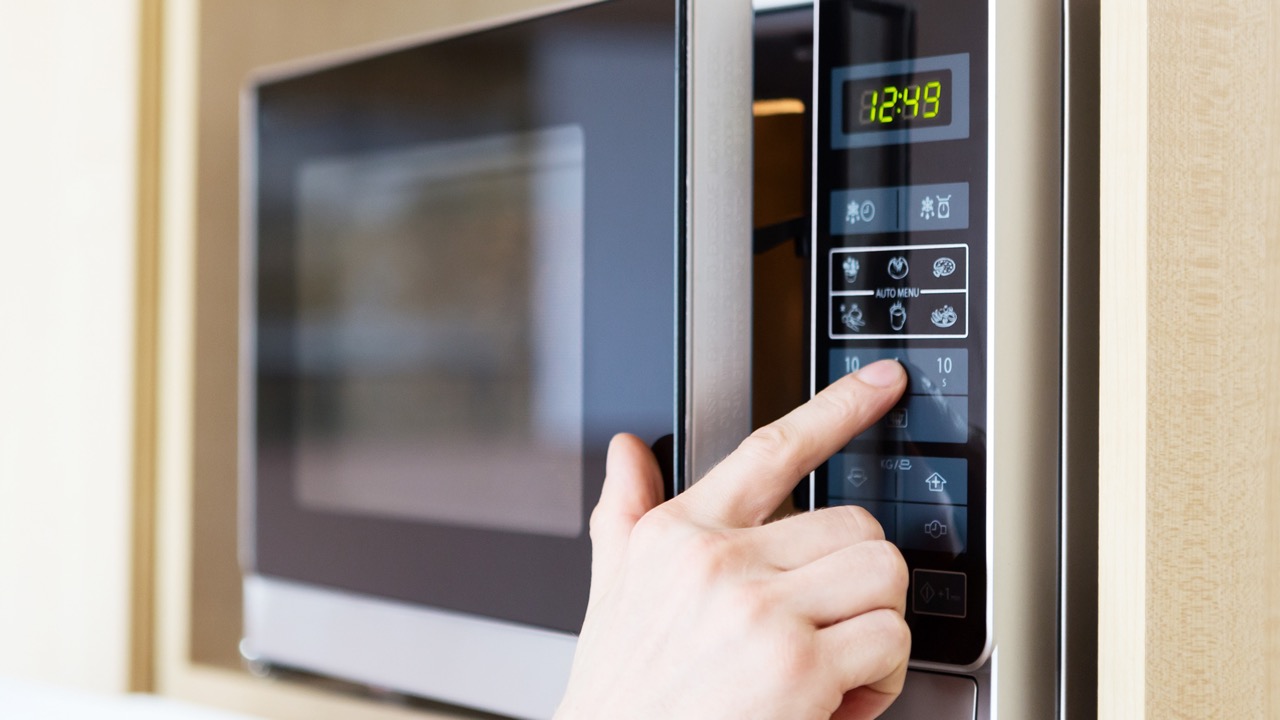

Interior Design
5 Things You Shouldn’t Put In The Microwave
Modified: January 6, 2024
Avoid damaging your microwave and ensure its longevity by not putting these 5 items in it. Learn more about interior design tips to create a stunning and functional space.
(Many of the links in this article redirect to a specific reviewed product. Your purchase of these products through affiliate links helps to generate commission for Storables.com, at no extra cost. Learn more)
Introduction
Microwaves have become an essential appliance in most kitchens, offering convenience and efficiency for heating and cooking various food items. However, it’s important to exercise caution and be aware of what can and cannot be safely placed inside the microwave. Certain materials and objects can cause damage, create safety hazards, or even start a fire when exposed to the microwave’s electromagnetic radiation. In this article, we will explore five common things that should never be put in the microwave.
It’s worth noting that modern microwaves are equipped with safety features and built-in protection mechanisms to prevent accidents. However, it is always best to follow proper guidelines and avoid risks altogether. By understanding what not to put in the microwave, you can ensure the longevity of your appliance and keep yourself and your loved ones safe.
Key Takeaways:
- Avoid putting metal, non-microwave-safe plastic, aluminum foil, Styrofoam, and eggs in their shells in the microwave to prevent fires, health risks, and explosions. Opt for microwave-safe alternatives for safe cooking.
- Always prioritize safety by using microwave-safe materials and containers. Keep metal, non-microwave-safe plastic, aluminum foil, Styrofoam, and eggs in their shells away from the microwave to ensure a hazard-free cooking experience.
Subtitle 1: Metal objects
One of the most important rules when it comes to using a microwave is to never put any metal objects inside. Metal can cause sparks and electrical arcing, which can lead to damage to the microwave and even start a fire.
Common metal objects to avoid putting in the microwave include aluminum foil, metal utensils, aluminum containers, and dishes with metallic accents or design. The microwaves can induce an electric current in these objects, causing them to become hot and potentially damage the microwave’s interior.
It’s also important to be aware of any hidden metal components present in certain food packaging. For instance, some frozen meals come with a metallic coating on the packaging, which is meant for conventional ovens and not microwaves. Always read the cooking instructions and packaging carefully to determine if a food item is safe to microwave.
While it may be tempting to use microwave-safe metal containers, it’s best to avoid them as well. Although these containers are designed to be safe for microwave use, they can still cause sparks and potentially damage the microwave over time. Opt for microwave-safe glass or microwave-safe plastic containers when reheating or cooking your food.
Subtitle 2: Plastic containers not microwave-safe
When it comes to using plastic containers in the microwave, not all are created equal. Some plastic containers are labeled as microwave-safe, indicating they are designed to withstand the heat and won’t leach harmful chemicals into your food. However, there are also many plastic containers that are not microwave-safe, which means they can warp, release toxins, or even melt when exposed to high temperatures.
To determine if a plastic container is microwave-safe, look for the microwave-safe symbol on the bottom. This symbol typically looks like a microwave with waves inside it. Additionally, you can check the packaging or the container itself for any specific instructions regarding microwave use.
Plastic containers that are not microwave-safe can release harmful chemicals into your food when heated, posing health risks. These containers may contain chemicals like bisphenol A (BPA) or phthalates, which can leach into your food and be ingested. It’s always better to be safe than sorry, so opt for microwave-safe glass or microwave-safe plastic containers to ensure the safety of your food.
If you are uncertain about the safety of a plastic container, it is best to transfer your food to a microwave-safe dish before heating it. This will eliminate any potential risks associated with using non-microwave-safe plastics.
Subtitle 3: Aluminum foil or metal containers with plastic wrap
While it may seem convenient to use aluminum foil or cover metal containers with plastic wrap in the microwave, these practices should be avoided. Both aluminum foil and certain types of plastic wrap can cause dangerous outcomes when heated in the microwave.
Aluminum foil is a metal material that can cause sparks and lead to fire hazards in the microwave. The microwaves cannot penetrate aluminum foil, causing the foil to reflect the waves and create electrical arcing. This can potentially damage the microwave and pose a significant safety risk.
Plastic wrap, on the other hand, should only be used if it is specifically labeled as microwave-safe. Certain types of plastic wrap can melt or warp when exposed to high temperatures, releasing harmful chemicals into your food. Always check the packaging of the plastic wrap for microwave-safe instructions before using it in the microwave.
Instead of using aluminum foil or plastic wrap, consider using microwave-safe lids or microwave-safe covers when reheating or covering your food. These specially designed covers allow steam to escape while preventing splatters, ensuring safe and efficient heating in the microwave.
If you need to cover your food to prevent drying out or promote even heating, consider using a microwave-safe microwave cover or a microwave-safe microwave-safe glass or ceramic dish with a microwave-safe lid or plate on top.
1. Metal: Metal can cause sparks and fires in the microwave.
2. Styrofoam: It can melt and release harmful chemicals into your food.
3. Plastic bags: They can release toxic chemicals when heated.
4. Paper bags: They can catch fire due to high temperatures.
5. Grapes: They can create sparks and potentially start a fire.
Subtitle 4: Styrofoam or plastic foam containers
Styrofoam, also known as expanded polystyrene foam, is a common material used for packaging and takeout containers. However, it is important to note that Styrofoam is not microwave-safe and should not be used in the microwave.
When exposed to high temperatures, Styrofoam can melt, warp, or release harmful chemicals into your food. The heat from the microwave can cause the Styrofoam to break down and leach potentially toxic substances, which can be harmful if ingested.
Plastic foam containers, such as those used for fast food or leftover storage, should also be avoided in the microwave. These containers are not designed to withstand the high temperatures of microwave cooking and can melt or release harmful substances into your food.
When reheating or cooking food in the microwave, it is best to transfer it to a microwave-safe glass or ceramic container. These materials are designed to withstand the heat of the microwave and do not pose any health risks when used correctly.
By avoiding the use of Styrofoam and plastic foam containers in the microwave, you can ensure the safety of your food and prevent any potential health hazards.
Subtitle 5: Eggs in their shells
While eggs are a versatile and nutritious food, they should never be put in the microwave in their shells. The moisture inside the egg can turn into steam when heated rapidly, causing pressure to build up. As a result, the egg can explode and create a messy and potentially dangerous situation.
When eggs explode in the microwave, not only do they create a mess, but the hot contents can cause burns. The explosion can also damage the interior of the microwave and affect its performance.
If you want to heat or cook eggs in the microwave, it is essential to remove them from their shells first. Be sure to crack the egg into a microwave-safe dish or container before placing it in the microwave. This will prevent any pressure buildup and allow for safe and even cooking of the eggs.
It’s also worth noting that certain egg dishes, such as scrambled eggs or omelettes, can be cooked in the microwave as long as they are in a microwave-safe dish. However, always use caution and follow any specific instructions or cooking times provided in the recipe.
By avoiding the temptation to microwave eggs in their shells, you can ensure a safe and enjoyable cooking experience without any unexpected surprises.
Conclusion
When it comes to using a microwave, it’s essential to be aware of what should never be put in it. By avoiding certain materials and objects, you can prevent potential hazards such as fires, explosions, and health risks.
First and foremost, metal objects should always be kept away from the microwave. This includes aluminum foil, metal utensils, and containers with metallic accents. These items can cause sparks and electrical arcing, which can lead to damage or even fire.
Plastic containers that are not microwave-safe should also be avoided. These containers can warp, release harmful chemicals into your food, or even melt when exposed to high temperatures. Stick to microwave-safe glass or plastic containers to ensure the safety of your food.
Avoid using aluminum foil or plastic wrap in the microwave as well. Aluminum foil can cause sparks and electrical arcing, while certain types of plastic wrap may melt or release harmful chemicals when heated. Opt for microwave-safe covers or lids instead.
Styrofoam or plastic foam containers should never be used in the microwave. These materials can melt, warp, or release toxins when exposed to the high temperatures inside the microwave. Opt for microwave-safe glass or ceramic containers for reheating and cooking.
Lastly, eggs in their shells should never go in the microwave. The pressure buildup from the rapidly heating moisture inside the egg can cause it to explode, creating a mess and potentially causing burns. Always crack eggs into a microwave-safe dish before heating or cooking them.
By following these guidelines and being mindful of what you put in the microwave, you can ensure a safe and enjoyable cooking experience. Remember to always read and follow the manufacturer’s instructions for your specific microwave model to prevent any accidents or damage. Stay safe and enjoy the convenience that microwaves bring to your kitchen!
Frequently Asked Questions about 5 Things You Shouldn't Put In The Microwave
Was this page helpful?
At Storables.com, we guarantee accurate and reliable information. Our content, validated by Expert Board Contributors, is crafted following stringent Editorial Policies. We're committed to providing you with well-researched, expert-backed insights for all your informational needs.
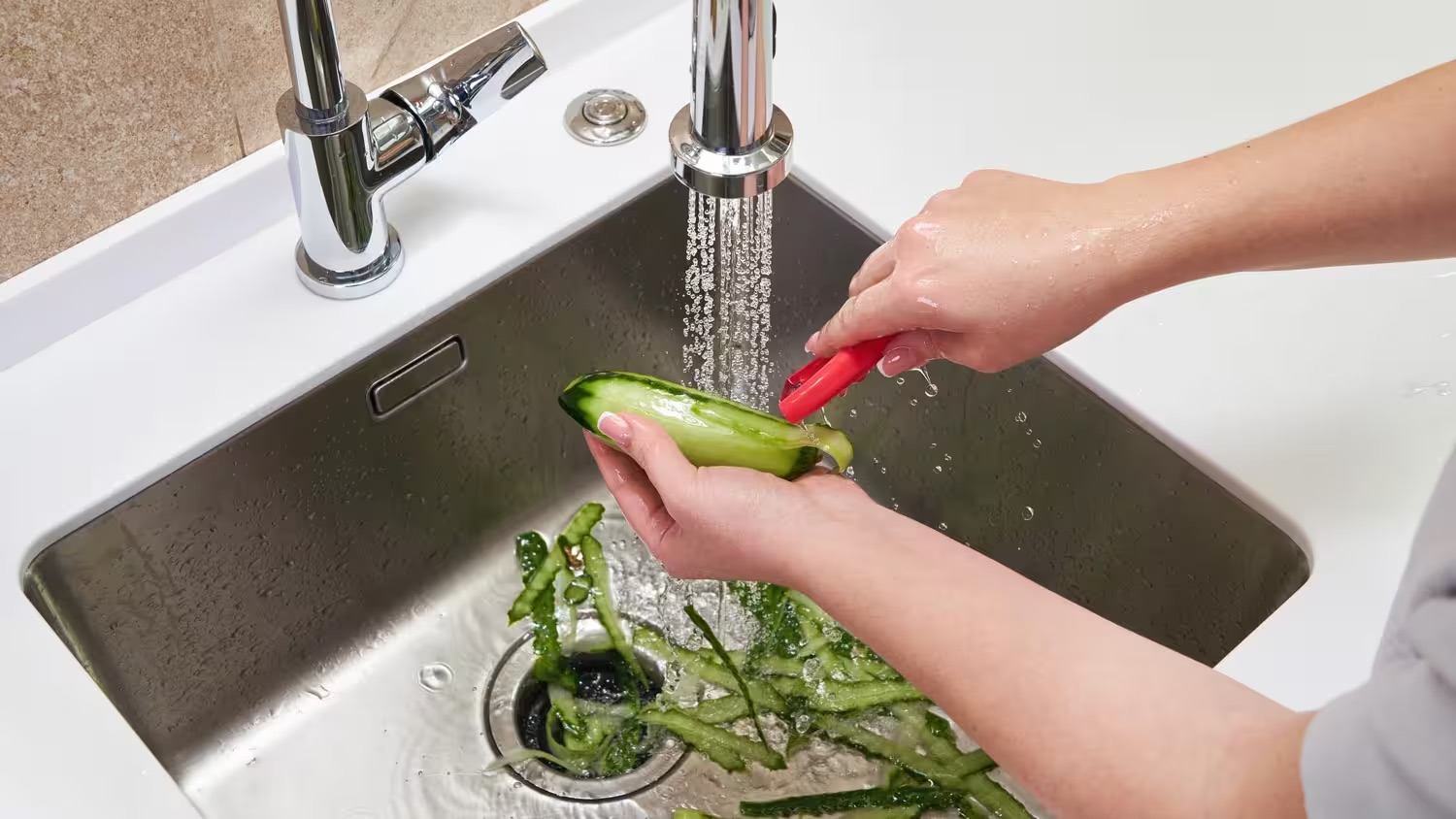
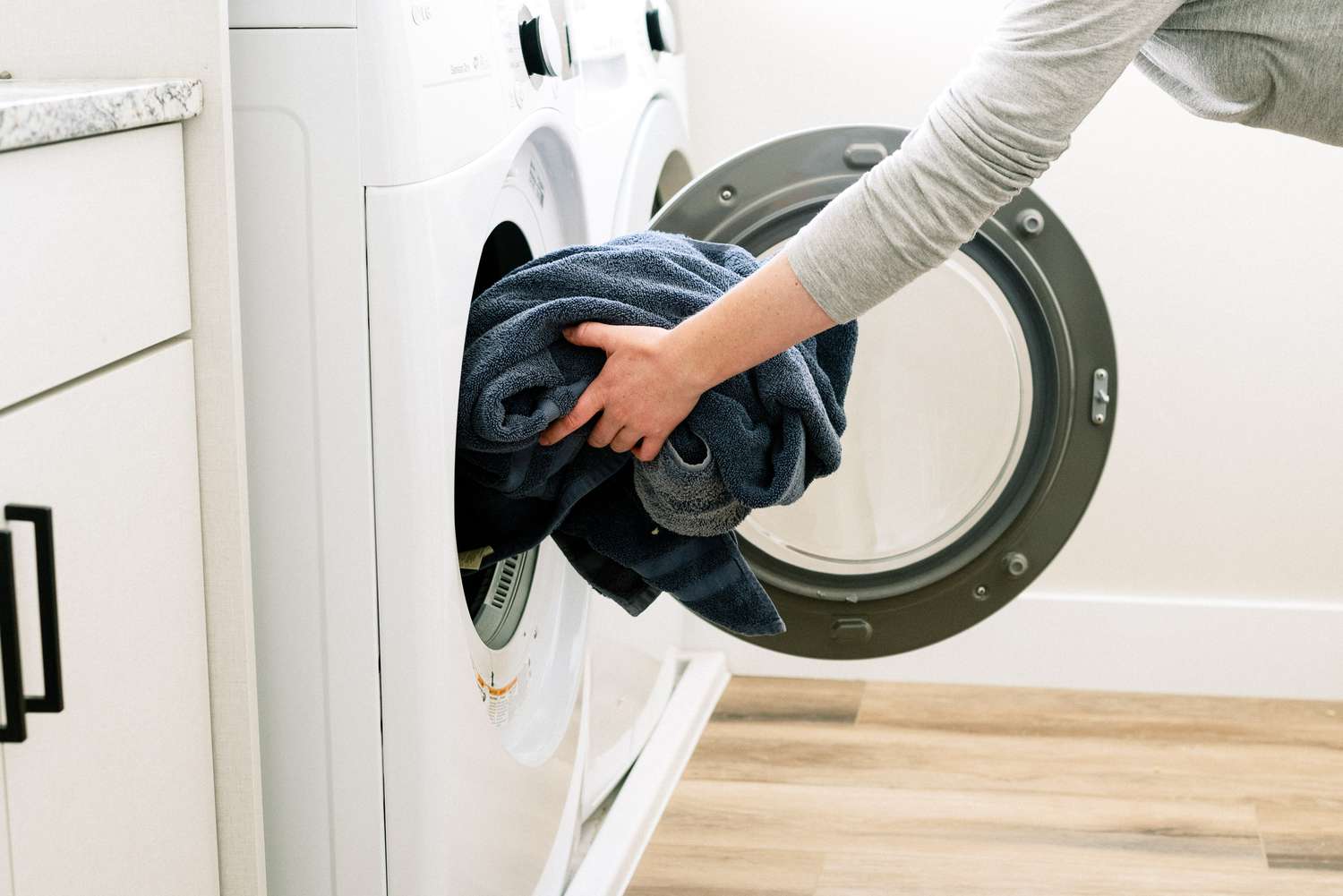
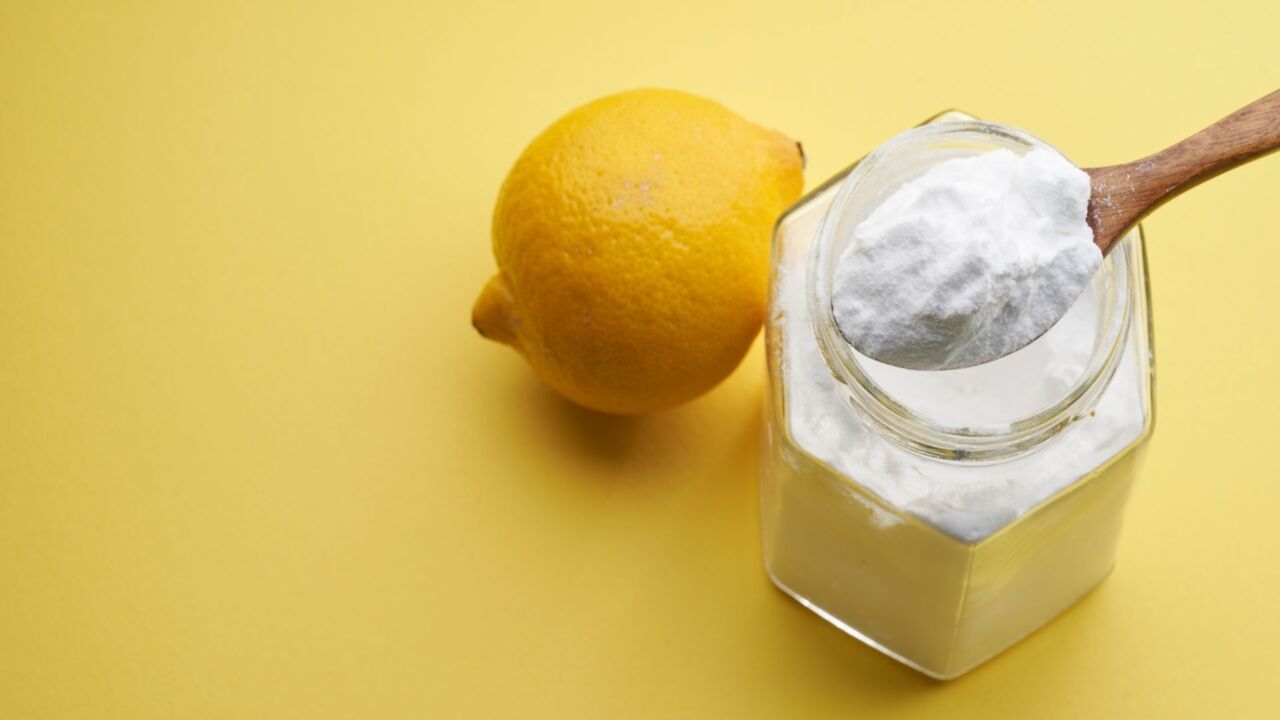
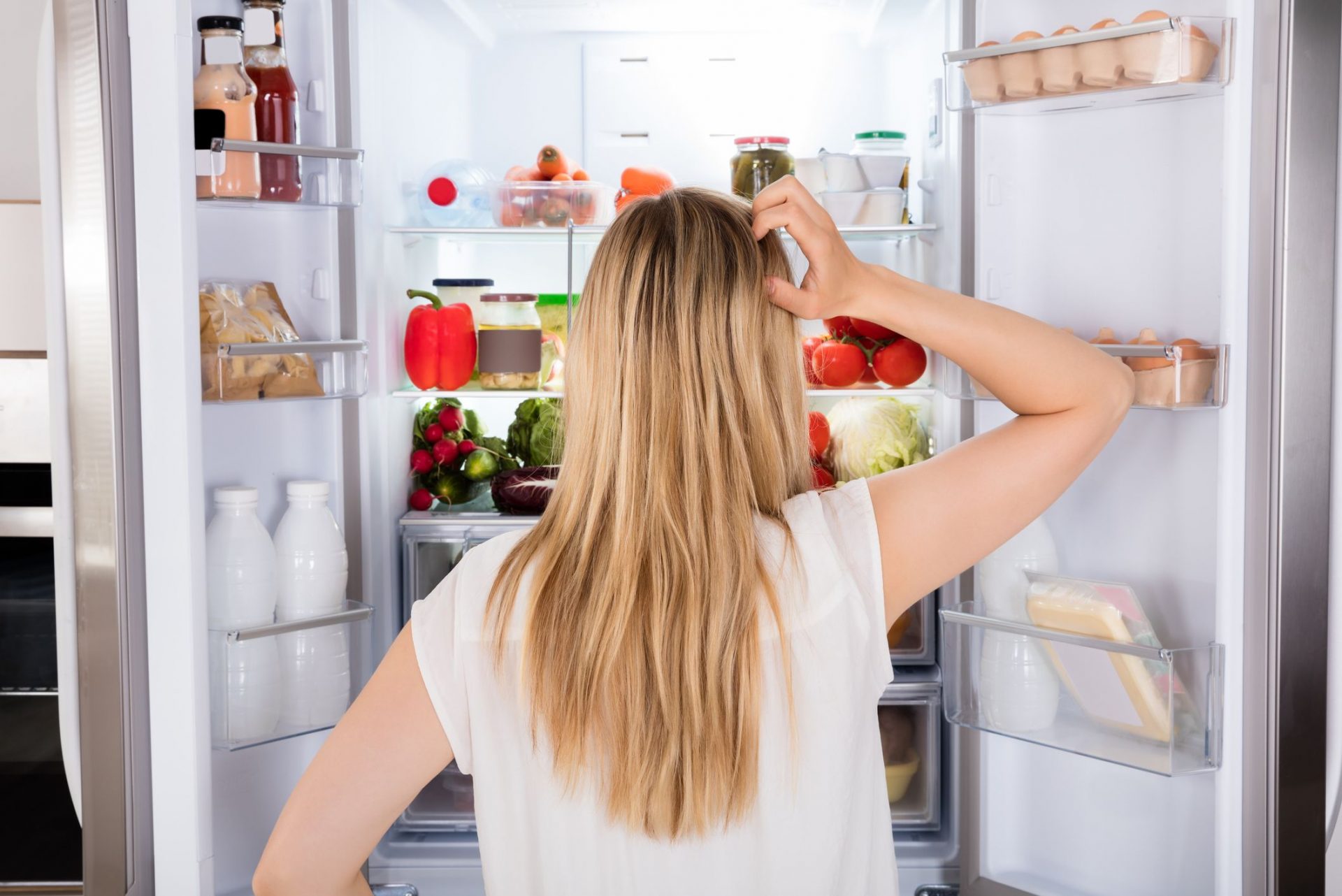

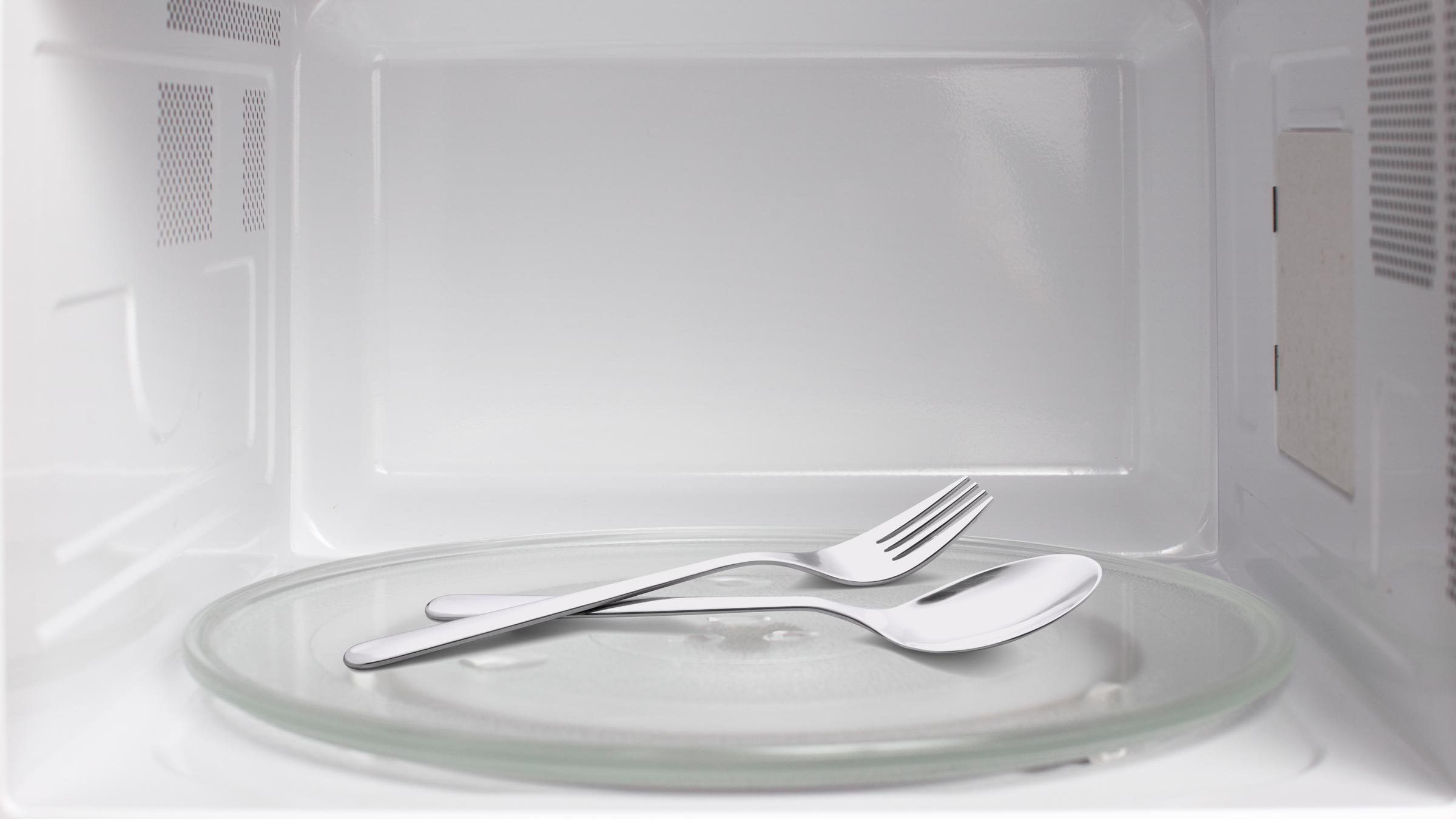

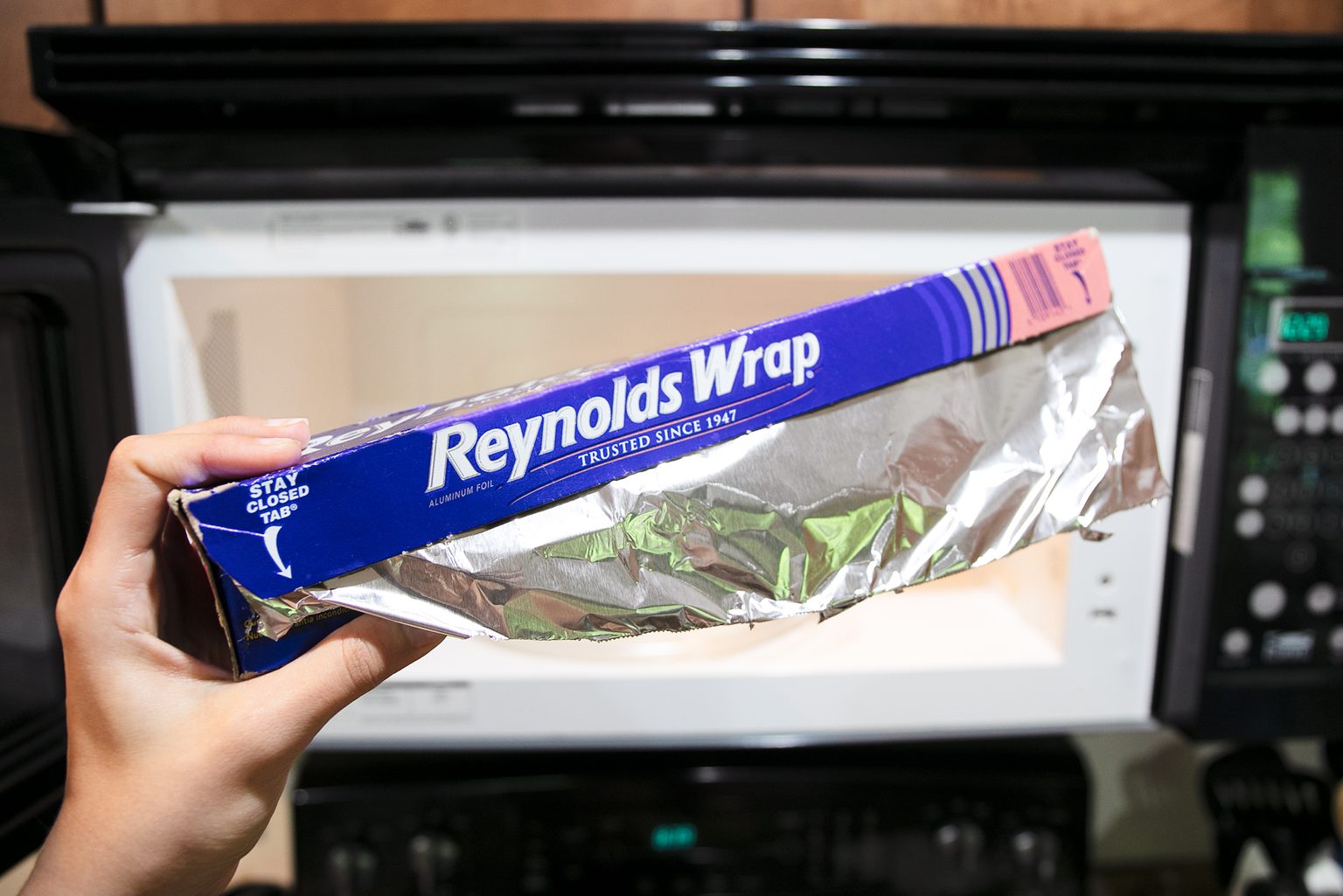
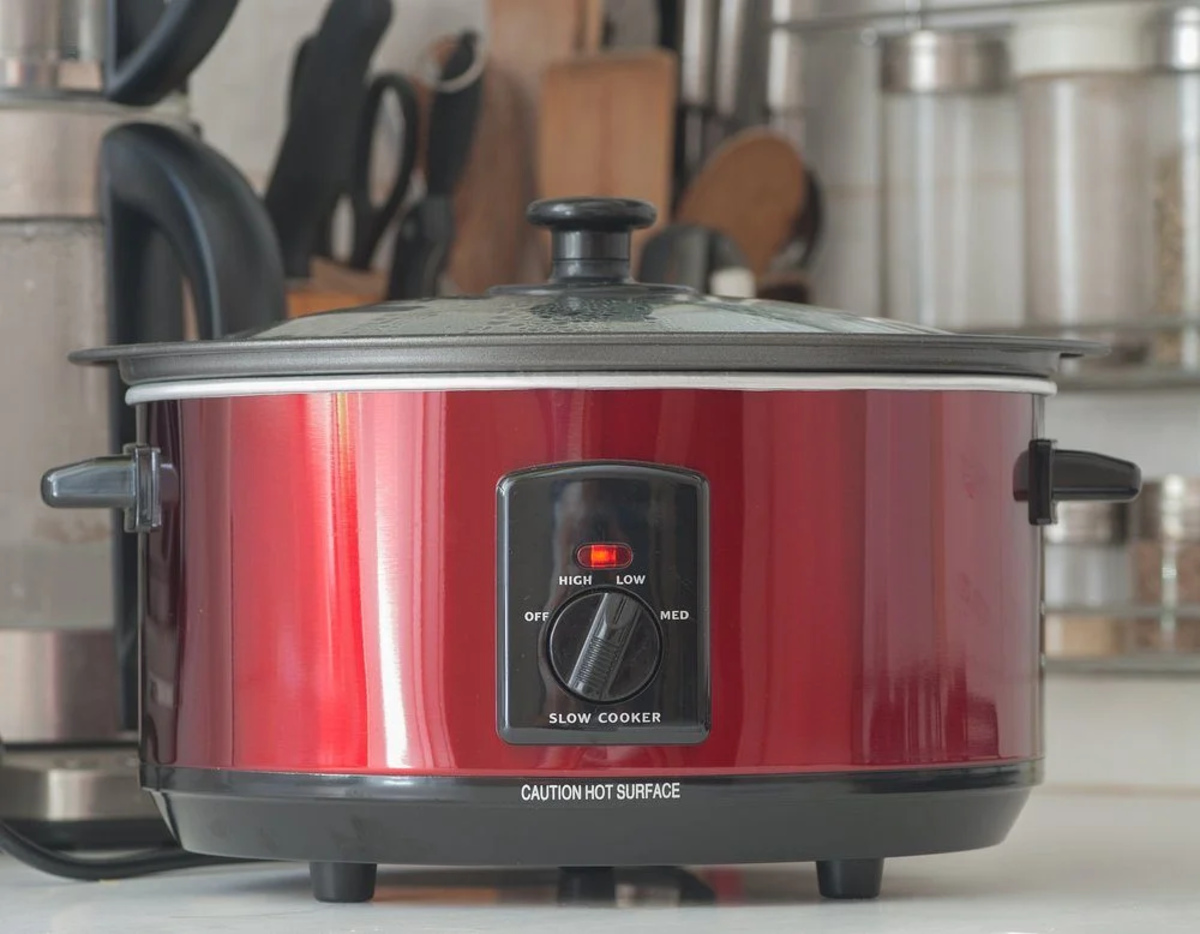

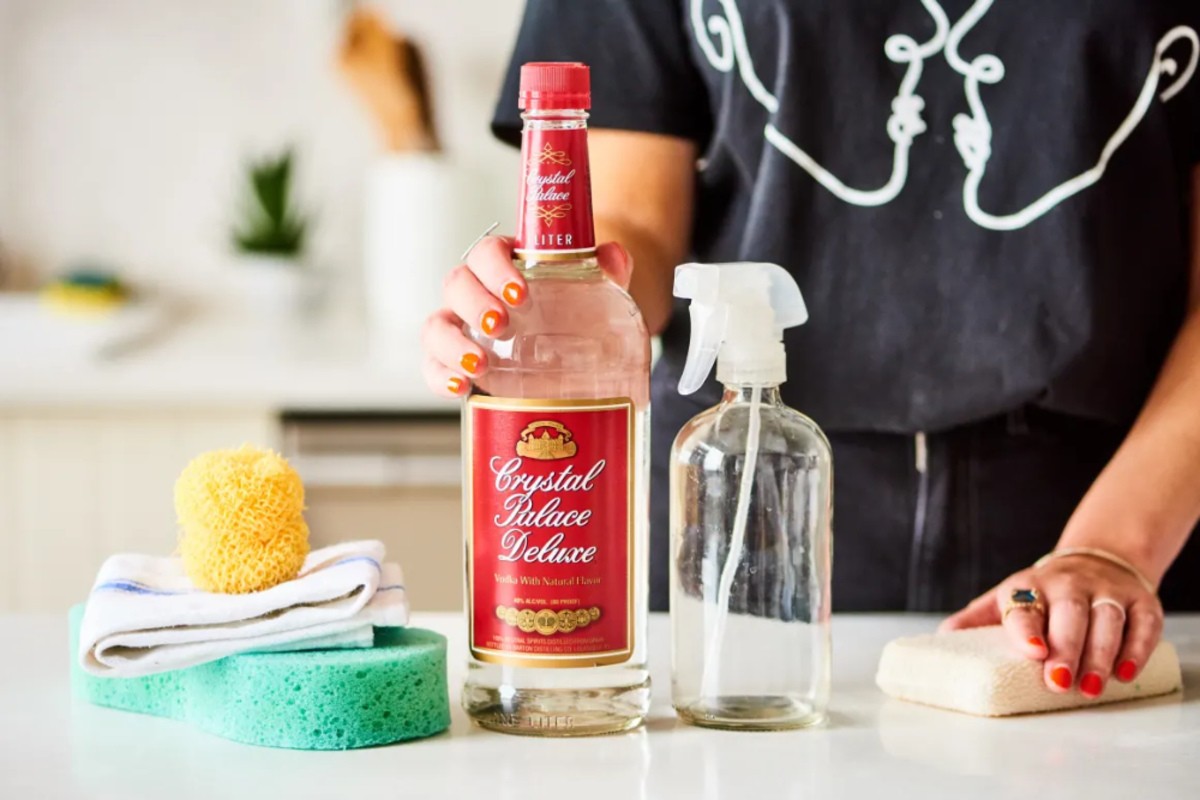




0 thoughts on “5 Things You Shouldn’t Put In The Microwave”